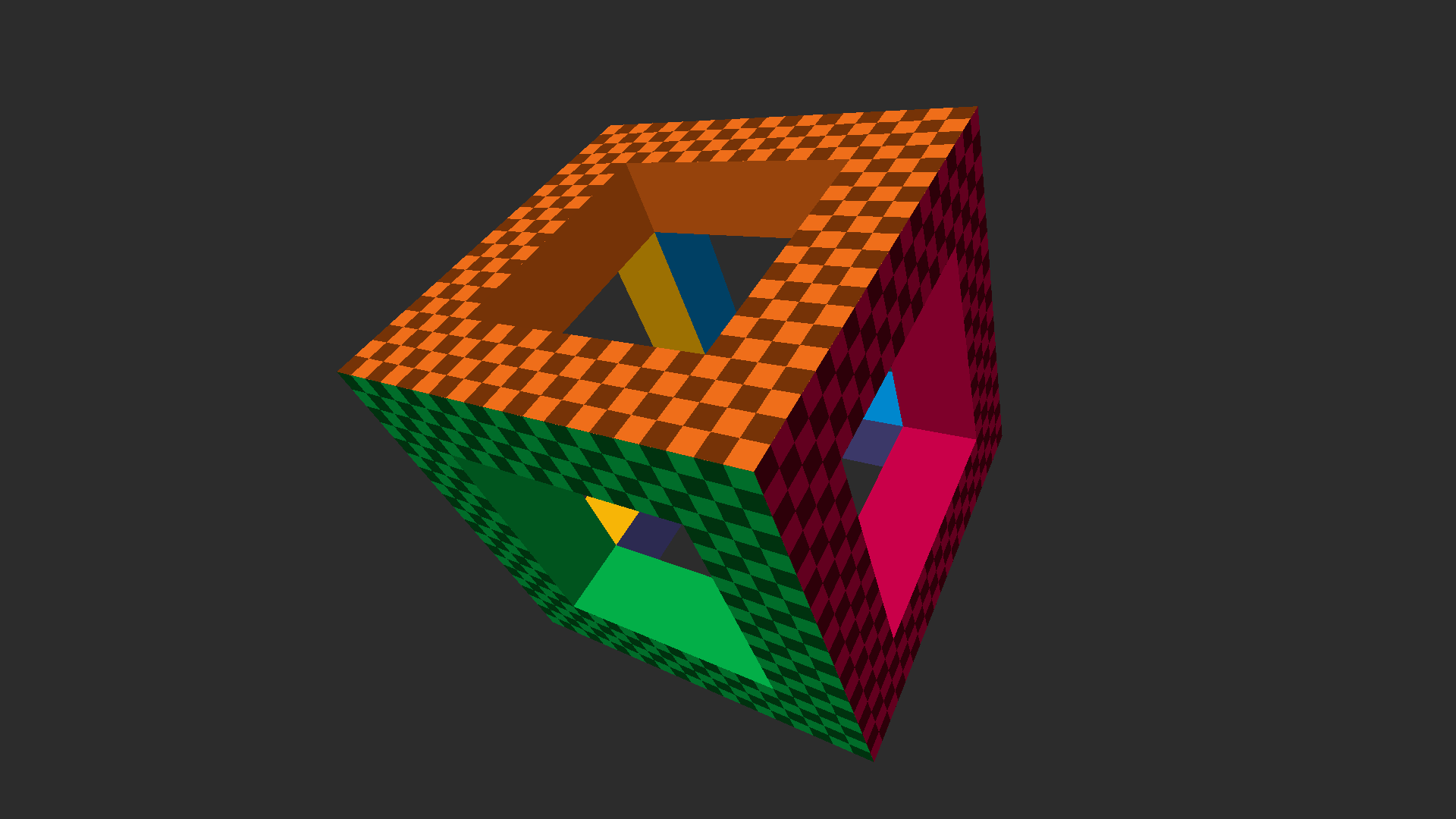Cody Miller
This is a quick note on Scott and Johnstone's "Recognition is not parsing - SPPF-style parsing from cubic recognisers" paper. It aims to explain one part of the Earley parser implementation of this algorithm and how it can be simplified by trading one problem for another. This is stitched together from my unpublished notes. Think of this less as a tutorial and more as a brain dump.
An interactive tool to parse and display the shared packed parse forests (SPPFs) described in the paper can be accessed here. The implementation there does not currently use the optimized implementation described here (and sketched in the original paper) nor the simplified form given below. It's probably useful to play around with that tool to get a feel for the structure of the SPPF nodes, as they aren't described much here.
I'm not going to do a big picture overview of t
